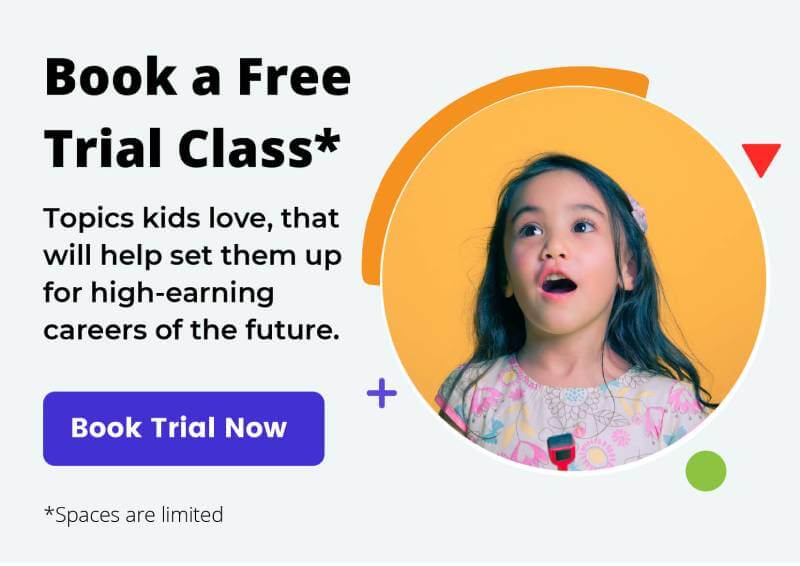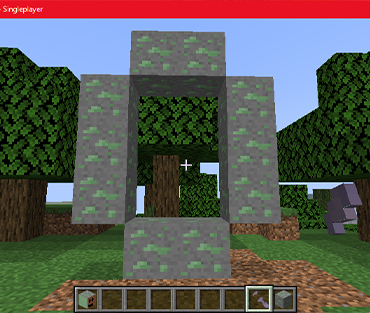Kids’ screen time is top-of-mind for parents as technology becomes more integrated with everyday life. Phones, computers and laptops are ubiquitous. What is too much?
Studies and guidelines have recently popped up suggesting how much screen time you should limit for your child. Recommendations have ranged from one hour a day to one hour a week. Or none at all for younger kids. Screen time includes texting, watching videos and playing video games. Similarly, for adults, we’re afraid that online use is a passive activity – potentially isolating and addictive. Reports have conditioned us to think that screen time is negative. Especially for children, studies have linked it to behavioural and health issues.
However, in the TED talk by children’s media expert Sara DeWitt’s, she notes that adults check their phones up to 50 times a day! So, what exactly makes adult’s technology usage different and less fearful?
DeWitt’s TED talk debunks three common fears about screen time. She shows us that technology can be a truly transformative experience.
- Screen time is not passive
Studies show that certain kids’ computer games help them remember what they learned and express it in the real world. Games can provide an interactive, active learning environment. Video games may even encourage kids to move around. Technology is a natural fit for embodied learning. Kids get excited playing games and apps. It can be a very experiential activity. - Screen time is not a waste of time
Parents are worried that technology distracts from education. However, there are many fun and educational platforms! In addition, by using technology, we can better assess kids’ abilities, thus providing more individualized learning. The ability to measure performance accurately helps educators and parents learn about their kids’ cognitive level. Schools leverage this to reduce examination time and anxiety. - Screen time is not isolating
There are many ways peers and parents can get involved. Video games can be very social. Many allow parents to join in. They also report back on children’s achievements. Kids love to play games with parents and they love talking about them too.
Computers play an important role in our lives. They are almost impossible to avoid. The real question is, “How do we use technology positively and effectively?”
3 simple tips for positive screen time:
- Be a good role model!
Kids look up to their parents and mimic behaviour. Show your kids how you would like them to interact with technology by doing. Model intentional use and encourage balance. - Select educational games
There are many programs that are both educational and super fun. This keeps kids engaged while learning. Try Scratch – kids can code a video game all on their own. Kids can work out their creative skills and learn to code. You may also want to choose games that get kids moving and physically active. - Make it social
Get involved with your child’s screen time by playing games with them or simply talking about their experience. In social video games, like Minecraft, kids can play with their friends and peers. They can build amazing structures together. Social games teach kids how to treat each other online, communicate effectively and work together.
Technology is a tool and it is up to use to determine how it is used. Leverage it for exponential growth. It can help kids reach their full potential. Remember to also look at the big picture. What are the other components of your child’s learning environment? What are their passions and how can you support them?
We encourage you to chat with your child, get involved and browse the app store. There are games and edutainment that teach music, STEM, literacy and more.
If you have any questions about balancing screen time, let us know if the comments. Curious about what programs we use or how to teach using technology? We provide free trial classes for kids in coding, robotics and Minecraft. Sign up for a class here!
Also Read
How Coding Classes Can Lead to a Career in Coding
Often, children are asked the question, what do you
Digital Creativity Unleashed: Coding as a Creative Outlet for Kids
When children learn to code, they’re not only learning
Unlocking Creativity: How Minecraft Can Foster Imagination and Innovation in the Classroom
Many people think of Minecraft as just a game









